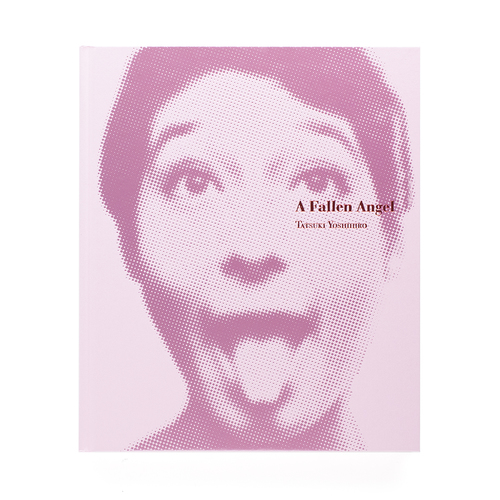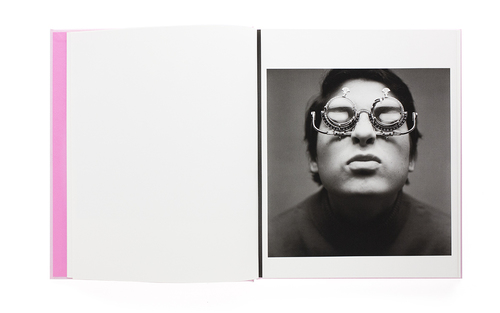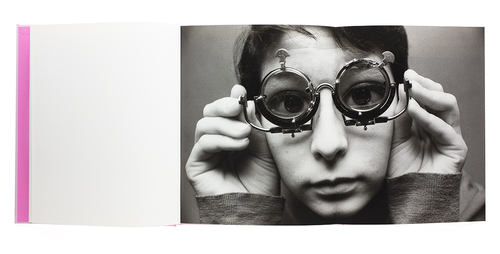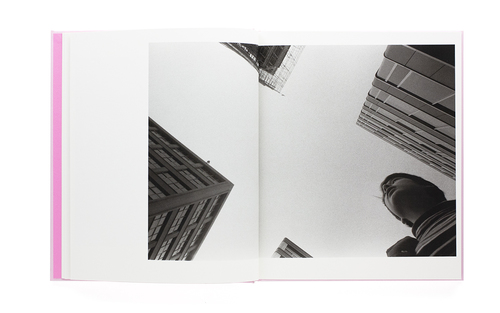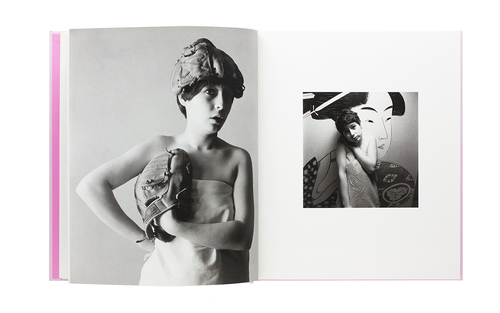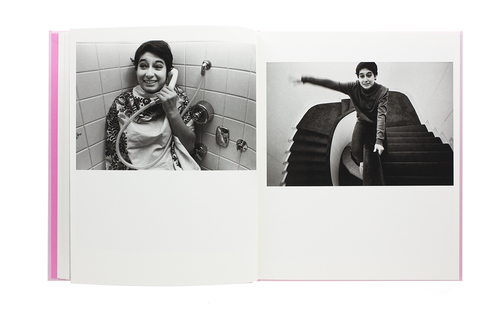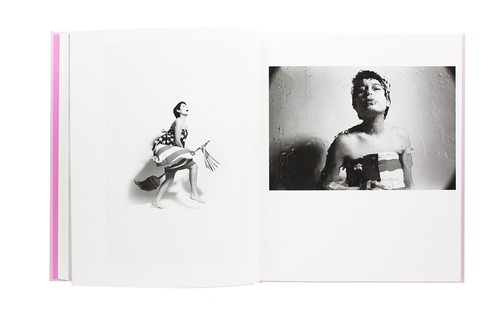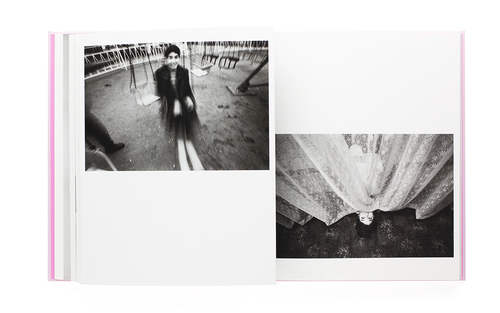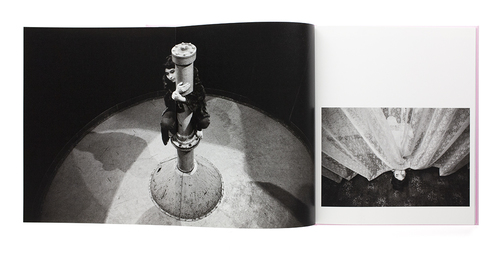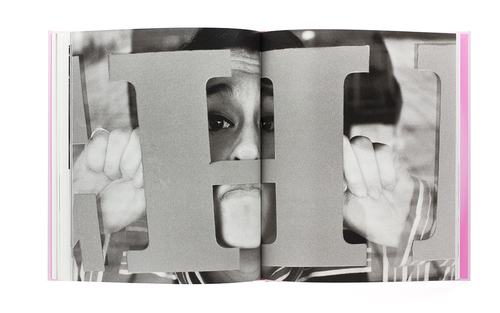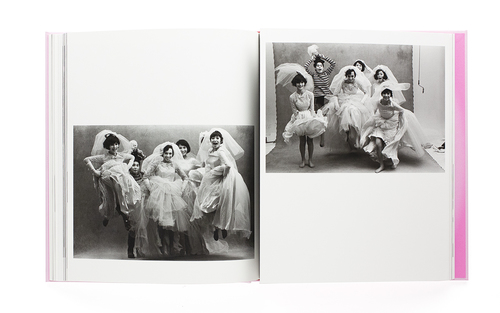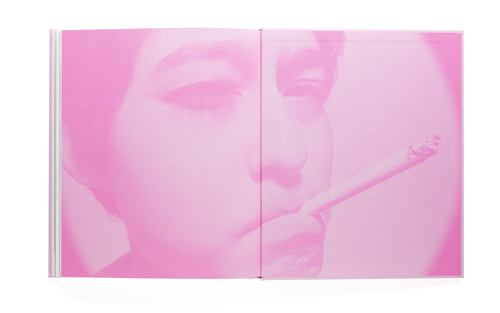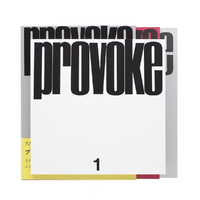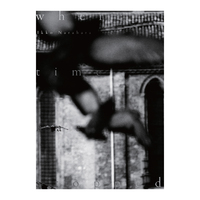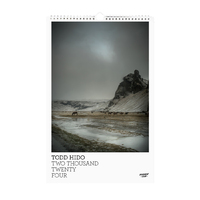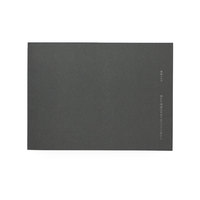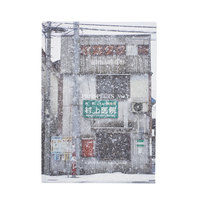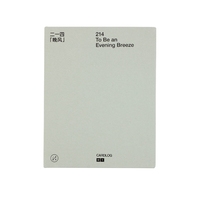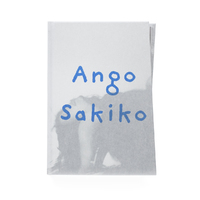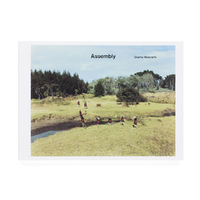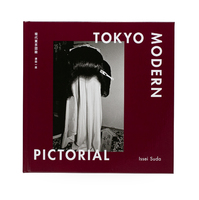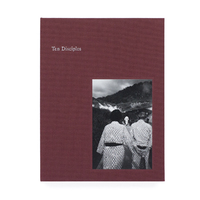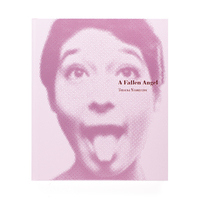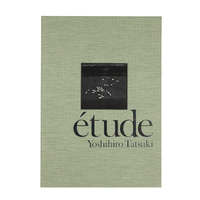A Fallen Angel
When we dream, no matter how strange the dream is, we are only carried along by it as a raft adrift on waves. Turn the pages of A Fallen Angel too as if you were a raft adrift on waves. Don't think for a minute that the girl with the stars and stripes wrapped around her body straddling a broomstick in the manner of a witch is a critique of civilization. Be a spectator of dreams. Yoshihiro Tatsuki is a driver of dreams and at the same time a spectator as well. Therein lies the newness of this photograph collection. Of course, his photographs differ from the great number of subjective photographs and photographs of images that appeal to the heart of the photographer. Tatsuki tentatively abandons the sort of photograph that is not affected by the elastic force of literature and pictures, in other words the fascination of intuitive feeling (meaning) and composition that tends to fall easily into symbolism. And there is the myth that the essence of the photograph is to record and inform. More aptly, it is like the thoughts a mother holds in her heart. By abandoning intuitive feeling, Tatsuki also draws near to these thoughts (recordability). The photographs are not a group of good friends that tell a photo story. They may seem to be because they record a series of encounters of physical and psychological mechanisms that happen to one girl. This approach avoids the intentional. This concentrated encounter with nonsense is more a documentary than a story. However humorous and sorrowful the girl is, it isn't her fault; it is a statement of accounts, the marks left by burns of 27-year-old Yoshihiro Tatsuki.
Commentary: Shinichi Kusamori
Source: "Yoshihiro Tatsuki Photograph Collection A Fallen Angel," Camera Mainichi April 1965 issue
― Statement from publisher
- Book Size
- 270 x 255 mm
- Pages
- 120 pages
- Binding
- Hardcover
- Publication Date
- 2018
